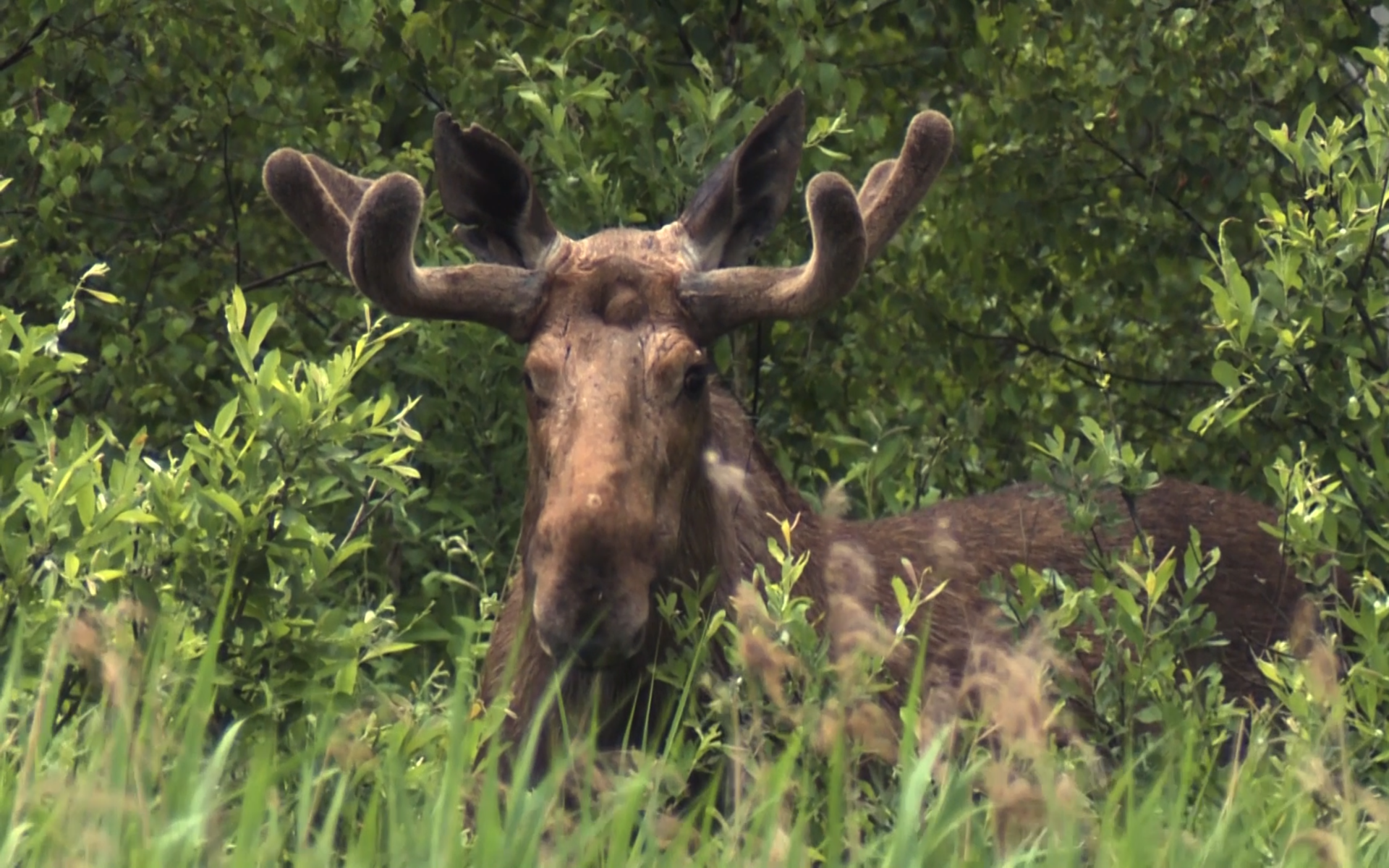The German Television channel, ARTE, just released a brand-new documentary about the wonders of Polesia – Europe’s Amazon – and the threat of the E40 waterway that would destroy it. The stunning footage shows why the landscape is so unique. It is one of the most biodiverse and culturally rich areas of Europe and a paradise for bird lovers. This landscape also harbours large mammals such as brown bear, wolf and European bison. The E40 waterway is a multi-government, mega infrastructure plan to link the Baltic to the Black Sea, which threatens Polesia’s survival.
Polesia is Europe’s largest wetland wilderness. With a size of more than 180,000 km2, it stretches across Poland, Belarus, Ukraine and Russia. Conservationists aim to protect this huge area by expanding the protected area network and advocating for its designation as UNESCO World Heritage Site. To do this the ‘Polesia – Wilderness without borders’ project, with funding from the Endangered Landscapes Programme and Arcadia – a charitable fund of Lisbet Rausing and Peter Baldwin, undertakes biodiversity monitoring and research to identify high value areas for wildlife and how to best connect these areas. Irina Kashpei, who coordinates the project’s scientific research, was born and raised in Polesia. She has strong ties to this land and is dedicated to it’s protection:
“This place is unique. If we can preserve this region for both ourselves and future generations, we’re also maintaining the biodiversity that makes this area so unique. We have to take care of the world we’ve been given.”
Irina Kashpei, ‘Polesia – Wilderness without borders’ Scientific Co-ordinator with APB Birdlife – Belarus
Should the E40 waterway be constructed, it would be Europe’s longest waterway. It’s construction would come at the price of Polesia’s free-flowing rivers, some of the last on the continent, which would need to be dredged, straightened, deepened and dammed. This would have a range of adverse impacts – water would flow out of the area faster, which could lead to droughts and drainage of crucial carbon-storing peatlands. This would be bad for people, but also for all life in Polesia.
“This would be disastrous for the wildlife here. It would be the end of Polesia as we know it today.”
Elleni Vendras, ‘Polesia – Wilderness without borders’ Project Leader with the Frankfurt Zoological Society
Oleg Lystopad from the Save Polesia partnership spoke to the film crew about the risks that dredging along the Prypiat River for the construction of the E40 waterway poses in the Ukrainian part of Polesia:
There’s the risk that the radioactive materials lying in the Prypiat river valley will contaminate the water and then flow to Kyiv via this river here, the Dnipro. That’s where they extract the drinking water that supplies Kyiv.
Oleg Lystopad, Ukrainian Journalist working with the Save Polesia coalition
Dredging within the Chernobyl Exclusion Zone as part of the E40 waterway already took place last year. Risks to the environment aren’t limited to the construction of the waterway. Plans are in place for ships to transport oil to Mosyr, on the Pripyat in Belarus, and bring back oil-based products to Ukraine. Oleg voices his concerns, ‘if one of the oil tankers ever had an accident, five million people in Kyiv would not have access to clean drinking water.’
Watch the full ARTE documentary to learn more.
Further information:
- Find out more about Polesia and read our factsheet ‘About Polesia – A unique wilderness of global importance’
- Learn more about the threats from the E40 waterway and read our factsheet ‘Polesia under threat – How a new waterway could destroy Polesia’s natural environment’
Share the news and follow us on twitter.
* Top image shows a moose in Polesia © Igor Byshnev/APB

